What are the Branding trends for the year 2023?
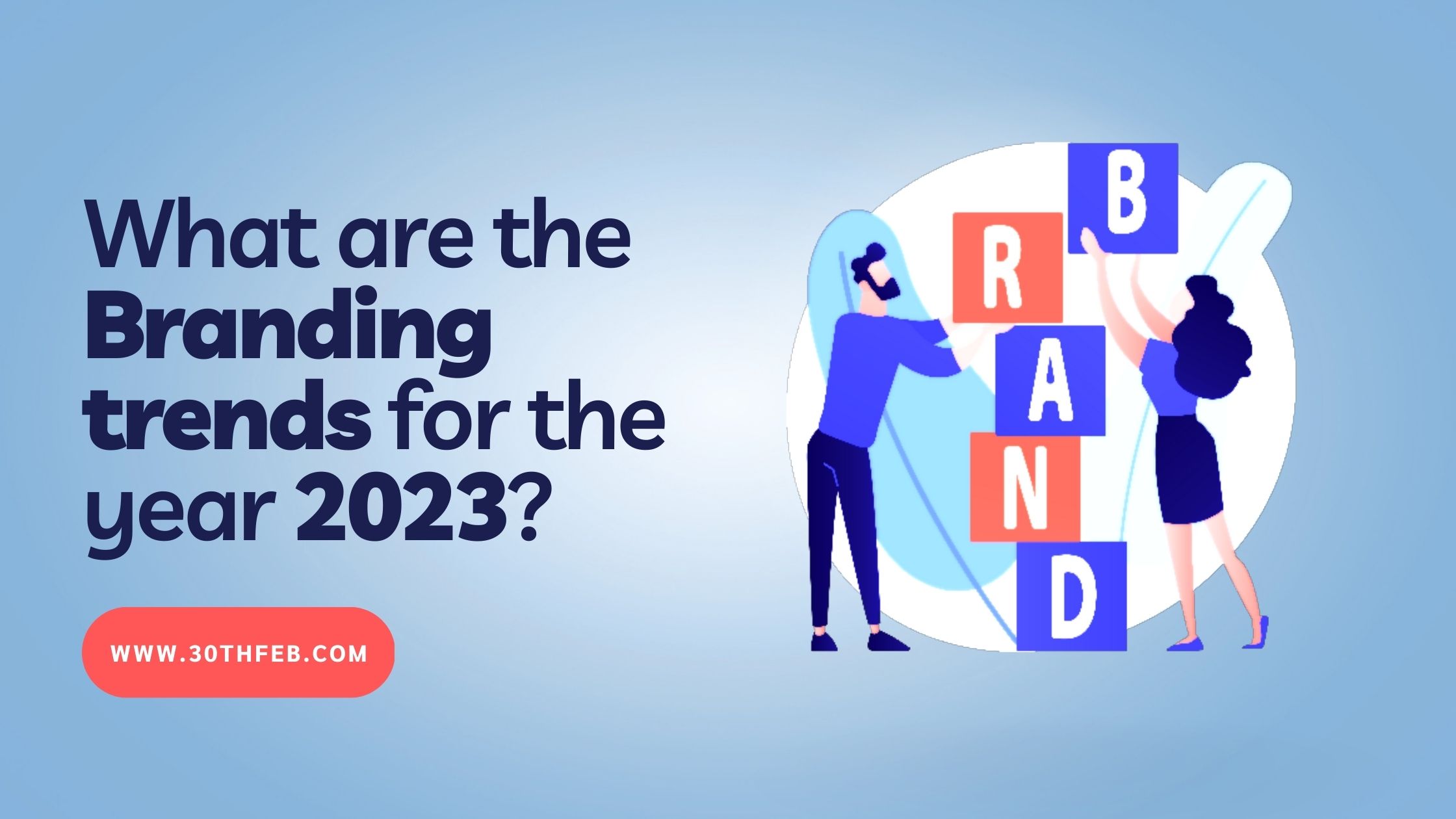
The year 2023 is just weeks away now and the brands are busy monitoring their year-long performance, ROIs and analytics. Brand marketing trends have fast evolved into the new normal making it essential for marketers to keep up with the trends.
There is a continuous evolution of branding trends in the newly evolved marketing ecosystems in the post-pandemic world. There isn’t a scarcity of possibilities to innovate; there are simply too many, and brands can only try so many emerging trends before discarding them in favour of another. Smart brands realize the need of staying on top of trends and implementing new tactics in the context of their marketplace, product, and customer.
In this article, we will discuss the top branding trends for 2023, how they’re likely to affect your brand marketing goals, and how you can make them work for brand goals and revenues.
Before we jump on to the trends, let us understand the challenges faced by brand managers.
Brand consistency
Brand consistency enables you to stand out and stay in people’s minds, and it is estimated that displaying your brand consistently throughout all channels can increase revenue by 33%. However, “every channel” is becoming an increasingly challenging task. Brand consistency was difficult to achieve in the days of print media. These concerns have grown dramatically as a result of digital marketing. Getting this right is considerably more difficult for brands committed to tight marketing regulations.
Choosing the best technology to allow personalized experiences: Technology is transforming how brand managers access, operate, and administer their brands. To capitalize on these opportunities, brand managers must first comprehend the tools available to them and how technology selections affect performance. To a considerable extent, this is due to integrations, and knowing what integrations can do, will enable you to successfully communicate with your IT team and achieve the outcomes you desire.
Connectivity: There are a multitude of touch points required for developing a brand; whenever a customer engages with a brand, there is a formation of associations. This means that every employee has an impact on the brand. As a result, convincing the entire business to adopt the brand and stay up to its promise over time is the most difficult problem in branding. The vision, though, will not be fulfilled if a firm does not comprehend, believe in, or own its brand, or if its message, brand, and product are not consistent.
In our increasingly connected society, this is even more true than before. Customers are turning to brands that are meaningful to them and fulfil their need to identify themselves. However, due to market congestion and increasing expenses to establish brands in the marketplace, concise and consistent communication is becoming extremely relevant.
Fortunately, embracing 28 branding trends will go a long way toward improving the perceived value of a brand and solving the challenges faced by brand managers in this digital world.
- Blandification of branding: Do you depress, simplify, minimise, or dumb down your audience? Name it what you want, but in the last three to five years, companies like Google and Uber, Airbnb and eBay, and Saint Laurent and Balmain abandoned distinctive trademarks with recognized currency, some of which have been used for decades. They are now replaced by nearly identical simple wordmark logos.
Brand Blandification
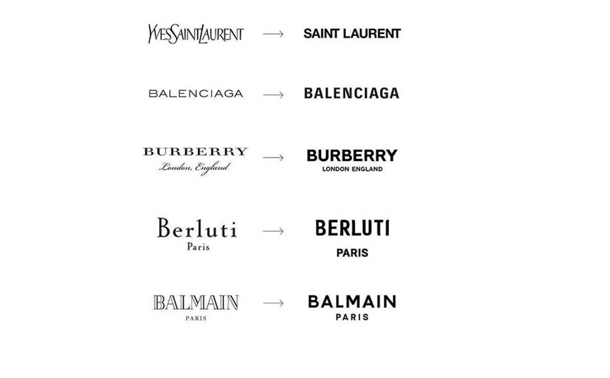
Other companies are following suit, embracing fewer hues, more negative space, and simpler typefaces. In reality, the logos of 95% of the world’s major corporations are just one or two colours.
The main problem with this branding trend style is that you run the risk of boring your customers to death. So, before you dive in, try out various colour schemes and font styles to discover what works best for you in making your brand stand out while staying simple.
- Retro brand marketing: People are constantly monitoring their social media profiles to stay updated on the latest technology, devices, fashion design, and industry developments. However, the mentality of “staying ahead of the competition” can be stressful and exhausting for many consumers. This is why nostalgia becomes more significant in branding.
Many people yearn for the past and want to recapture their youth. By using retro brand marketing, you can recall these old memories and associate positive feelings with your services and products. As a consequence, your chances of improving consumer trust and brand memory rise.
- Branding through social media: The ease of access to the internet opens the door for an always-on social media mindset. As a result, sites like Facebook, YouTube, Twitter, Linkedin, and Instagram are becoming great places to build your brand. As a result, it is no surprise that 90% of firms use social media to increase brand awareness. Social media presence is a great idea but it is not mandatory to be present on each social media platform. Therefore, it is better to select the most suitable one and learn the effective curation strategy.
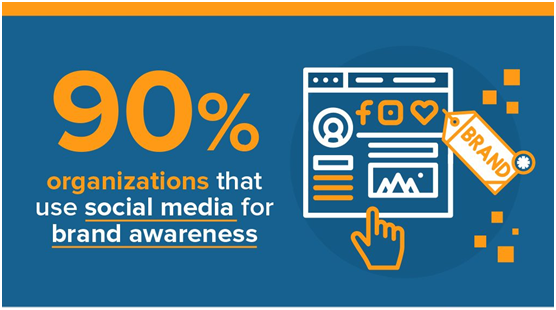
- Use of official hashtags: This is another essential branding trend which allows the firms to monitor their brand position in the minds of consumers. Using branded hashtags for specific events and advertisements will make it easier to locate user-generated content. You may use them to convert your loyal consumers into brand ambassadors and promote trust in new customers.
- Adapting unique and simple logos: There is a need for different designs for websites, documents and social networking sites. As a result, brand logos must be unique and compatible with these designs. Brands must think about having many logos for various events to provide visual variety to consumers and prevent them from being bored.
Simple brand logos
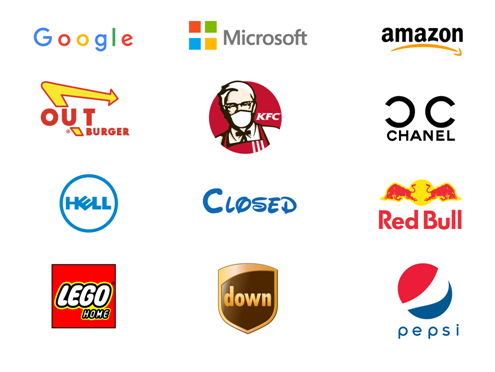
- Branded Visual Content
Branded visual content can assist in increasing brand recall. The majority of customers spend substantial time on social media, where images rule out to be supreme. If you use branded visual material, you will be capable of reaching this audience. Generating visual content enables more subtle advertising, which many customers currently appreciate.
- Social Networks on the Internet: Due to COVID-19, online or virtual communities have become a vital part of branding. These online communities allow your customers to interact with each other. Communication can be in the form of social media responses, text messaging, telephone conversations, emails, or even hashtags used in their posts. Developing an online community may also benefit your firm’s ROI. Besides enhancing retention, online communities, such as hashtags, are indeed a fantastic way to learn about your customers’ needs and desires. Because you can see what individuals are talking about directly on your websites, there is no need to continuously watch social media for patterns.
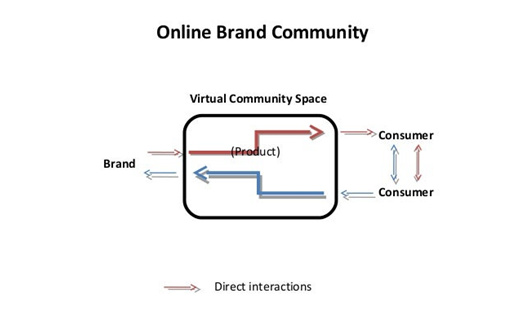
- Authenticity of brands: Customer trust fosters brand authenticity further improving the reputation of the brand. So, brands must focus on becoming honest about their business processes.
- Brand inclusion: As a result of diversity, positivity, and inclusivity, customers’ expectations are evolving. According to the poll conducted by Accenture, 70% of millennials favour brands that are diverse and inclusive. Inclusion and diversity initiatives promote brands. Make your brand extra welcoming by creating inclusive marketing and implementing diversity-promoting practices.
- Sustainable initiatives to branding: As per Statista, 23% of shoppers prefer paying an additional 1% to 5% for sustainable brands. With this information, it is no surprise that several brands are adopting both sustainable and ethical business practices. They will be able to address the needs of green consumerism while also earning their clients’ trust and loyalty.
- Branding with a Social Purpose: Consumers prefer brands that promote social responsibility because it motivates them to make more conscious choices. Having committed to socially responsible branding can assist your customers to develop a sense of belonging and increase overall retention.
- Humanized Brand Image: According to the Sprout Social Index, customers demand brands act differently on social media. Customers like companies that are trustworthy (86%), helpful (78%), and friendly (83%). These behaviours help people connect with a certain brand. Customers will have greater faith in you if you personalize your brand. You can make yourself more accessible by integrating humour and snark into your brand image.
- Brand strategy based on technology: Tech-driven branding strategies will enable you to respond to customers’ needs more efficiently. Your brand marketers can design data-driven campaigns leveraging technology.
- Customer-Focused Branding: According to a Bulbshare study, 77% of shoppers appreciate brands who engage with them. This is because allowing them to participate in your design process strengthens them. Co-creation fosters customer trust. Customers will feel more involved in your creative process if you employ customer-driven branding methods. This can lead to greater engagement and retention.
- Partnerships with Micro-Influencers: Influencer marketing enables you to reach out to very specific groups of customers. Engaging influencers to speak on your behalf can improve your firm’s credibility in the eyes of new prospects.
- Going Phygital: Have you ever thought about providing the most unique and memorable experience to your customers? You can!!! The simple answer to this is through Phygital interactions, which will allow you to provide your clients with the best of both the digital and physical worlds. These Phygital advertisements make it simpler for your brand to differentiate itself from the competition.
- Adversary Marketing: Customers like anti-ad advertising because it does not directly advertise a product. Anti-ad advertising is an excellent method for large brands to reach their intended audience; however, it may not be suitable for small businesses with limited brand awareness.
- Future-focused branding: Many trends come and go (think about NFTs and Crypto). Whenever a trend hits an industry, take a moment to reflect before incorporating it into your brand. Marketing efforts that are hasty and inexperienced may significantly harm your brand’s image. It is more essential than ever to think about the future and how your choices today will affect your brand in the years ahead. Competitor analysis and market research are essential tools for growth.
- Activism Branding: Every business-to-business (B2B) brand has guiding values and principles that have shaped its evolution. Buyers like to know they are supporting companies that share their values, so integrating some of yours into yours can’t harm them. This does not need to be a major undertaking; it might be as simple as adding a section to your website’s “About Us” section mentioning some principles and organizations that you endorse.
- Leveraging IoT: According to Statista, by 2025, there will be 75.44 billion IoT devices. You have the option to overlook IoT improvements, but your firm will eventually fall behind. A better plan would be to look at how IoT can help your brand’s reach and visibility among consumers.
Making use of the Internet of Things may help you in boosting brand awareness. As a business grows, it may experience difficulty with logistics or resource allocation. Cash flow issues, which are one of the leading causes of business failure, might occur as a result of development. What if a computer could calculate a few of these things for you, including the best amount of stock to keep on hand and the fastest way to get an item to a customer? You can attract more customers quickly and effectively.
- Branding in the metaverse: The metaverse is quickly becoming an essential component of e-commerce. By integrating several technological breakthroughs, the metaverse can help brands present consumers with an unparalleled online purchase experience.
- Using blockchain in branding: Are you looking for your brand’s protection? If yes, then blockchain technology is the perfect solution. Blockchain technology can increase brand owners’ IP protection because branded products can be easily traceable.
Branding transformation in blockchain
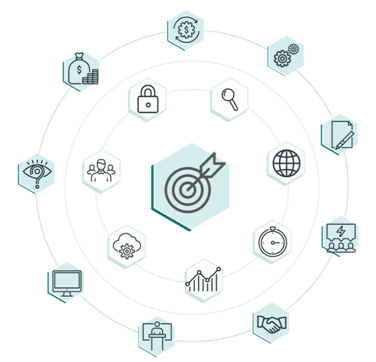
- Virtualization in branding: Virtualization can help brands to build a virtual environment for customer service. Other companies can set up virtual storefronts for commodities that aren’t offered in actual stores. They can also supply them with more exciting information concerning digitally delivered items and services.
- AI technology for brands: Do you know the benefits of AI for your brands? The worth of your brand is defined by its reputation. For this purpose, AI can help your brand. With the help of AI technology, brands can easily personalize and automate the journey of customers. Thus, AI can offer great opportunities to your brand.
- Implementing nanotechnology: This technology will help pharmaceutical brands to protect their products. Brand owners now know the importance of security and hence nanotechnology can play an influential role. With its help, brand owners can easily monitor their supply chain without sharing information with the wholesalers or distributors.
- Gamification of brands: Can your company be the successor to Google, which is known for developing new and surprising games for every holiday? But, can your organization create fun games that individuals will talk about? Undoubtedly!
Gamification can help improve brand awareness by encouraging individuals to share their findings with their competitors or by making their experience so enjoyable that they recall your business in the future.
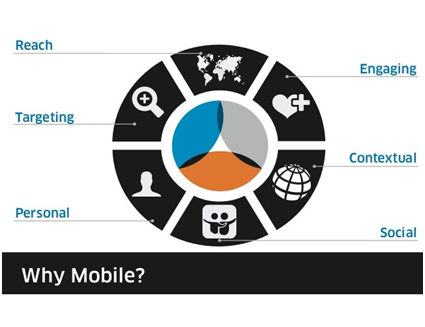
- Brand partnerships: According to Statista, 71% of consumers enjoy brands that are working collaboratively to offer a unique product. In 2021, co-branded partnerships grew by 65%. Therefore, B2C brand marketers are more likely to incorporate brand partnerships than SEO for brand awareness.
- Scent-based brand marketing: As per different research, 75% of emotions are usually based on the things that we smell in our surroundings. Considering this, now the year 2023 will observe scent marketing where brands will attract more customers.
So, with this collection of branding trends, we hope to shed some light on the company’s growth strategies. Thus, our brand experts can help you in finding out the best strategy for your brand.
If you want to learn more about these branding trends, check out our website: www.30thfeb.com or schedule a time to talk to our experts about how we can help you flourish your business in the coming year.
